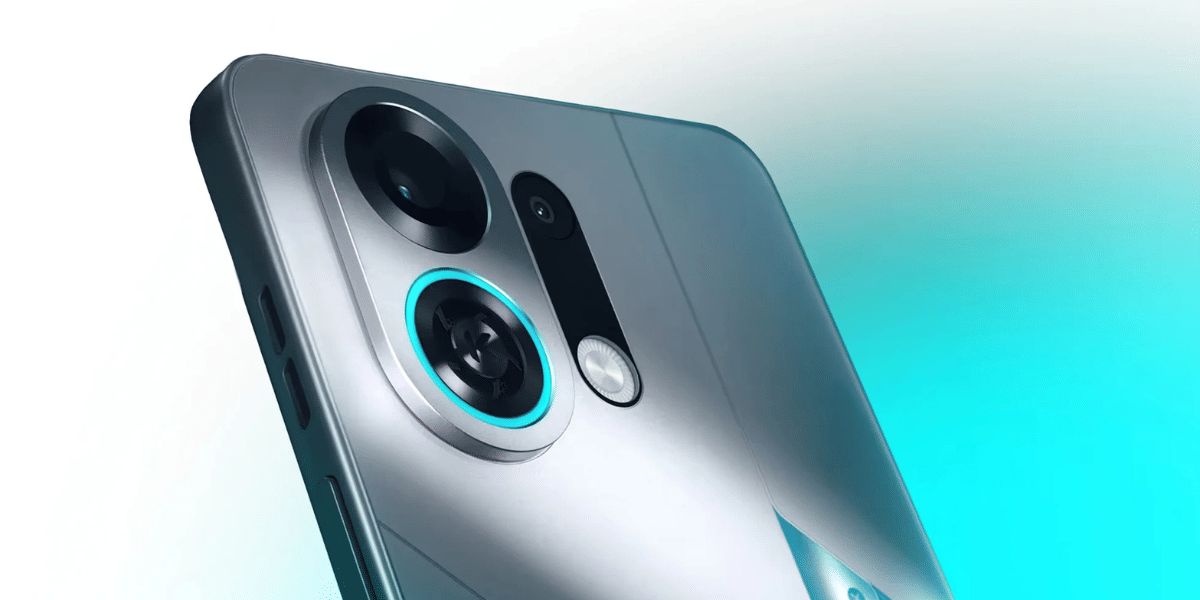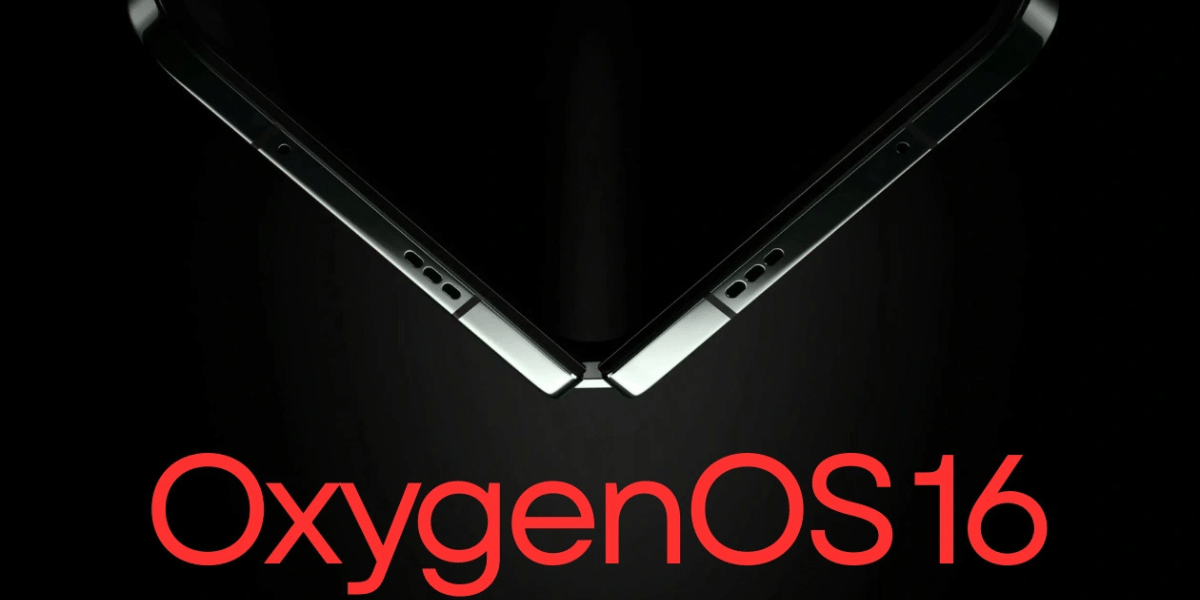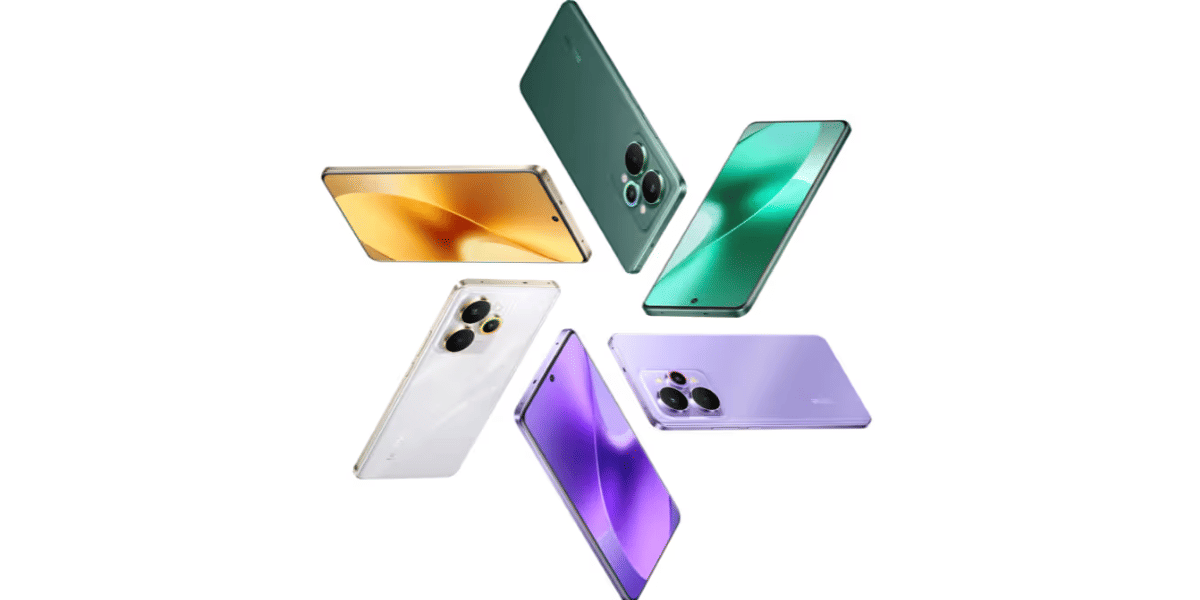OnePlus 9 and OnePlus 9 Pro are set to debut on March 23. Ahead of the big launch, a new certification has confirmed the charging speeds on the series. Moreover, the two phones surfaced on two Chinese certification sites. They are namely 3C (CCC) and the Ministry of Industry and Information Technology (MIIT). If reports are true, the two smartphones will be powered by Snapdragon 888.
The upcoming OnePlus 9 series is listing with the model numbers LE2120 and LE2110. Previous leaks show it will be available with model numbers LE2110, LE2117, and LE2119. Whereas, the 9 Pro was in the works with model numbers LE2120 and LE2127. Both 3C and MIIT do not offer many details. However, it suggests that the series may support 5G connectivity. In addition, it can offer dual-mode SA/NSA network support, and dual-SIM/ dual standby support.
Also Read: Oppo Find X3 Pro, Find X3 To Launch Globally on March 11
OnePlus 9 Leaks
The 3C listing also suggests that the OnePlus 9Pro and OnePlus 9 phones may support 65W fast charging. Moreover, it can come with a bundled adapter inside the box. These certifications were first spotted by Gizmochina.
In terms of optics, the OnePlus 9 series will feature a custom Sony IMX789 sensor and 12-bit RAW support, the company has revealed. The new smartphone series will also bring improved HDR video recording in 4K at 120FPS and 8K at 30FPS.
Moreover, this will also enable it to enter new areas of smartphone imaging. It includes a panoramic camera with a 140-degree field of view, T-lens technology for fast focusing through the front camera, and a freeform lens to eliminate edge distortion in ultra-wide photos. The T-lens technology will be introduced on the OnePlus 9 series.
Also Read: Redmi Note 10 Price In India Leaked Ahead of March 4 Launch
OnePlus has committed to invest $150 million under its three-year strategy. It is to improve and enhance the camera experience on its smartphones. It will develop its four major research and development labs around the world, including two imaging labs based in the US and Japan.




























